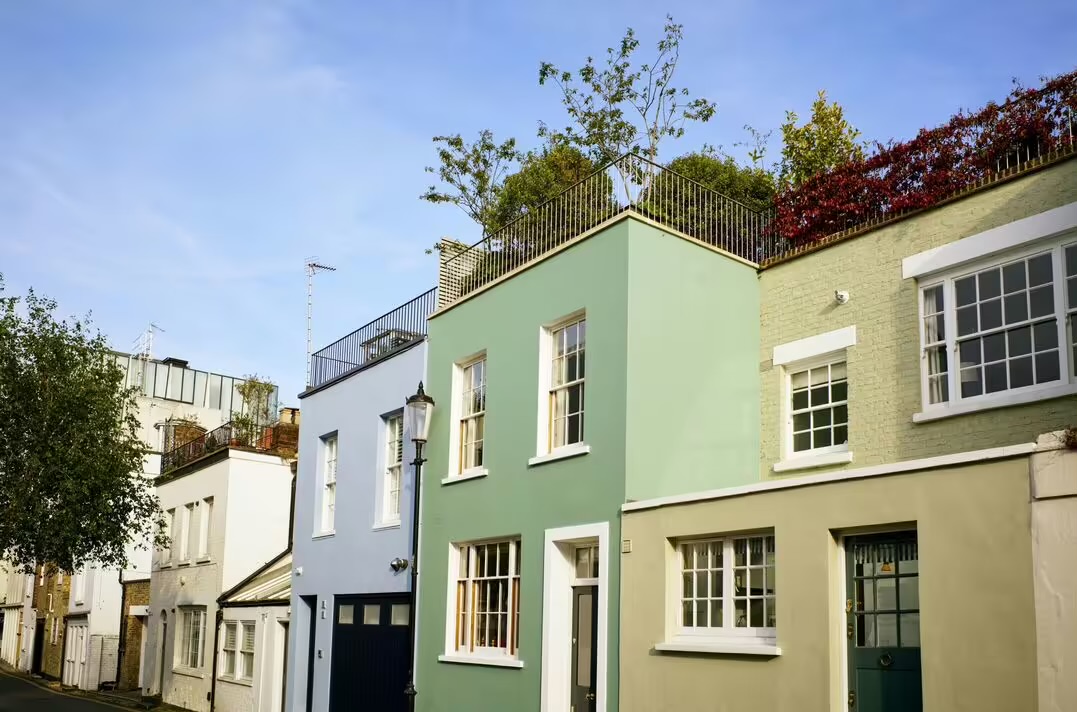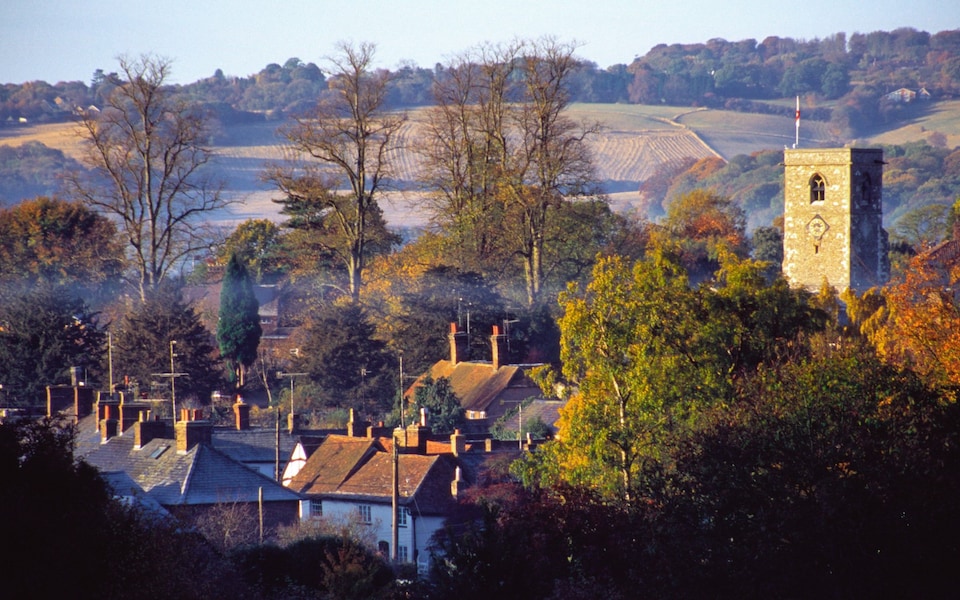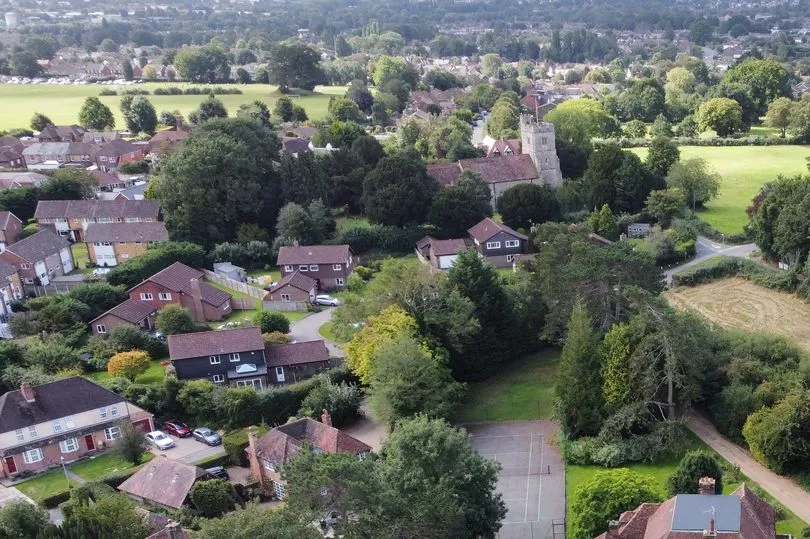The issue of dampness in buildings is a persistent and pervasive problem across the British Isles, with studies suggesting that 67% of properties in the UK experience some form of damp. This widespread phenomenon is rooted in a combination of historical, environmental, and social factors that make it an ongoing concern for homeowners and property managers alike.
The Legacy of Victorian Architecture
One of the primary reasons for the high prevalence of damp in UK properties is the enduring dominance of Victorian-era housing stock in towns and cities across England. Built during the 19th century, these homes were designed with construction methods and materials suited to the time, but often inadequate for modern standards of damp prevention.
Many Victorian houses rely on slate damp-proof courses (DPCs), which were revolutionary at the time but are now prone to degradation. Over the decades, breaches in these slate beds have allowed moisture from the ground to rise into the walls, leading to the phenomenon known as rising damp. In addition to this, many of these older properties feature solid brick walls that were not designed to withstand prolonged exposure to heavy rainfall, making them particularly susceptible to penetrating damp. Inadequate maintenance, such as blocked gutters and poorly sealed windows, further exacerbates the issue.

The British Climate: A Damp Catalyst
The UK’s climate is another significant contributor to the prevalence of damp. With mild to cold temperatures throughout much of the year, frequent rainfall, and high levels of relative humidity, the conditions are ripe for moisture to permeate building materials. Prolonged periods of damp weather prevent walls, roofs, and other structural components from adequately drying out, allowing moisture to accumulate and leading to issues such as mold growth and structural damage.
Population Growth and Urbanisation
Another factor adding to the damp problem is the growing demand for housing due to population growth. This has led to the conversion of older, poorly ventilated properties into multi-occupancy dwellings, where increased humidity from cooking, washing, and heating creates ideal conditions for condensation damp. The retrofitting of modern insulation and double glazing, while energy-efficient, can sometimes exacerbate the problem if adequate ventilation is not considered, trapping moisture within the property.
Climate Change: A New Challenge
Climate change has introduced new challenges, including increased rainfall intensity and frequency, as well as the heightened risk of flooding. These factors strain the existing drainage systems and overwhelm older buildings, many of which were not designed to cope with such extreme weather events. Rising sea levels and groundwater tables are also contributing to damp issues in coastal and low-lying areas.

Mitigation and Prevention
Addressing the damp problem requires a multi-faceted approach. For older properties, repairing or replacing deteriorated damp-proof courses and ensuring proper drainage and ventilation are essential. Regular maintenance, such as clearing gutters and fixing leaks promptly, can also help mitigate the risk. For newer buildings, incorporating modern materials and designs that prioritize moisture control is crucial.
Homeowners should also consider installing dehumidifiers and maintaining adequate heating levels to reduce internal humidity. Awareness of the specific vulnerabilities of individual properties, combined with proactive measures, can go a long way in combating damp issues.
Conclusion
The prevalence of damp in UK properties is a complex issue, deeply rooted in the country’s architectural heritage, climate, and societal trends. While it poses significant challenges, understanding its causes and implementing targeted strategies can help homeowners and property professionals alike in preserving the integrity and comfort of Britain’s housing stock.

